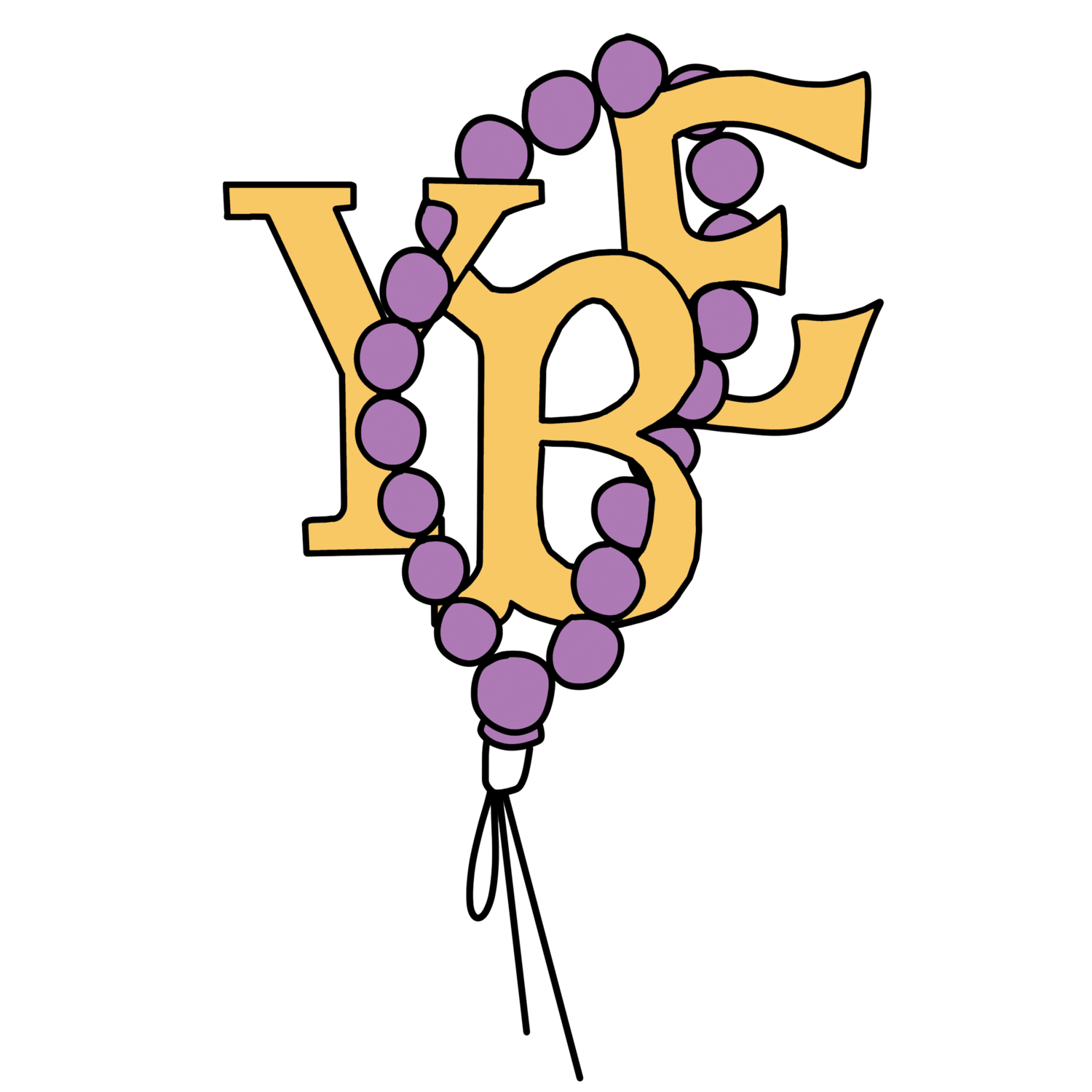Toddy’s Story
Contributed by Tracy Takayanagi Hui
When I was growing up, my father would sometimes talk about his experiences during World War II—scattered tidbits that I grew up hearing and took for granted. And then he passed away, at the age of 88, in 2012.
When my cousin, Nancy Ukai Russell, shared documents she found in his file in the National Archives in Washington, DC, suddenly, those scattered tidbits began coalescing into a story I wanted to tell: Toddy’s story.
The Takayanagi family standing amongst gladiola flowers.
My father (Tadao) is in the foreground, right.
Screen capture of a Topaz ambulance, 1944. From a “home” movie by Dave Tatsuno.
My father, Tadao “Toddy” Takayanagi, grew up in Berkeley, where his father had a flower nursery. He was a UC Berkeley student in 1942 and had to drop out to prepare for the internment of all Japanese Americans on the West Coast.
He was 19 years old when he arrived in Topaz, and soon found work as an ambulance driver. "I used to drive young couples at night so they could 'neck and kiss' in the back of the ambulance,” he later confessed.
But the confines of camp life were hard on a young man, and Toddy became depressed. His ticket out of camp was a job as a busboy in the Hotel Utah, a magnificent hotel near Temple Square, Salt Lake City, as well as other venues.
Hotel Utah sign, Sept. 4, 1946. Shipler Comm. Photog. #48911. Used by permission, Utah State Historical Society.
He next found a job as a butcher at the University Hospital in Ann Arbor, Michigan, where several friends from camp had also resettled. He remembered receiving ice deliveries, and hanging blocks of ice next to slabs of meat in the freezer. He had a second job at Weber’s Tavern.
On his break one day, smoking a cigarette and sitting on the curb, he noticed guys walking in and out of a building across the street. He put out his cigarette, ran over, and asked what is this office? They told him, "This is the Army recruitment office." My father said, "I'll be back with a bunch of my friends from the Topaz camp."
The men in Toddy’s OSS (Office of Strategic Services, the precursor to the CIA) unit were sent to Louisiana for rifle training.
In Virginia, they learned how to print propaganda. Then they were shipped to Calcutta, India, where they printed and spread propaganda against the Japanese Army in Asia. After seven months of service, he returned to the US and worked in the field of plastic fabrication in Washington, DC, near his sister.
It’s hard for me to imagine what it must have been like for a 19-year-old to go from suspected enemy in a detention camp to busboy to butcher to OSS agent in India. He always said to me, “The war was all about hypocrisies and ironic times." I am grateful for his stories. He really took the time to raise me to have an open mind, and to learn "street smarts" along the way.
I miss my dad a lot, but I can still hear his voice: "Sit on top of the fence for a minute,” he always said, “until you've understood both sides."
Tracy Takayanagi Hui was born and raised in Berkeley, CA in the early 1960s. Her parents and grandparents were interned in Topaz. An Asian Studies program in the 4th grade made her realize she was third-generation Japanese American. She continued her Asian Studies at San Francisco State University and volunteered at Friends of Topaz events to support the Topaz Museum. She worked in retail until retirement and currently lives in San Francisco.





